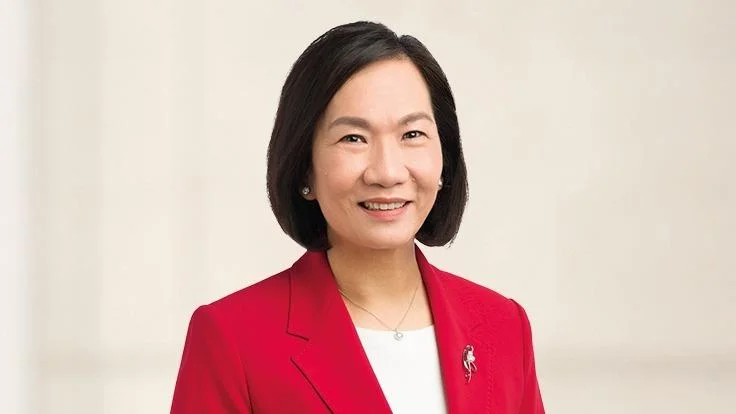Oversea-Chinese Banking Corporation Limited (OCBC) reported a net profit of S$3.70 billion for the first half of 2025, representing a 6% decrease from the record S$3.93 billion achieved in the same period last year.
Total income remained stable as a reduction in net interest income was largely offset by higher fee and trading income. The bank maintained its cost-to-income ratio below 40%. Higher credit allowances were set aside due to ongoing uncertainties in the operating environment. Asset quality stayed steady, with a non-performing loan (NPL) ratio at 0.9% and allowance coverage for total non-performing assets at 156%.
The group declared an interim ordinary dividend of 41 cents per share, which represents a payout ratio of 50% of its first-half net profit. OCBC reaffirmed its commitment to a previously announced S$2.5 billion capital return plan, which includes a special dividend equivalent to 10% of full-year group net profit and share buybacks over two years to be completed in 2026.
Net interest income for the period fell by 5% to S$4.63 billion due to margin compression despite an increase in average asset volume driven by growth in loans and other high-quality assets that yielded lower returns. The net interest margin dropped by 25 basis points to 1.98%. Non-interest income rose by 8% to S$2.57 billion, led by increases in both fee and trading income.
Fee income increased by 19%, supported by broad-based customer activity, with wealth management fees up by 25%. Trading income also saw gains while insurance income from Great Eastern Holdings declined mainly due to lower interest rates affecting valuations and reduced private equity holdings values.
Operating expenses rose by 3%, mainly because of higher staff costs linked to salary increments and variable compensation tied to business activity levels, as well as continued investments in technology platforms across markets.
Customer loans reached S$325 billion at the end of June, marking a year-on-year rise of 9%, driven primarily by housing loan growth in Singapore and higher corporate lending focused on infrastructure, data centres, and transportation sectors. Sustainable financing loans grew significantly—up 19% year-on-year—to reach S$53.1 billion.
Customer deposits increased by 10% over the year to reach S$407 billion, with growth observed across both corporate and consumer segments.
On capital adequacy measures under new Basel III requirements being phased in until January 2029, OCBC reported a Common Equity Tier-1 Capital Adequacy Ratio (CET1 CAR) of 17% as at June-end; on a fully phased-in basis this stood at 15.3%.
Group CEO Helen Wong stated: “Our first half 2025 results reflected resilient performance across our diversified business franchise. We expanded our loan book and maintained sound asset quality, and delivered broad-based fee income growth. Underpinned by our strong balance sheet and capital position, we are firmly committed to our comprehensive capital return plan.
Over the past year, we have met our objectives of increasing our economic interests in GEH and have also assisted GEH in managing the trading suspension of its shares. As we move forward, we will continue to derive more synergies within the Group, and are confident that this will further our drive to be a leading wealth management player in the region.
The outlook ahead remains challenging. Evolving trade and monetary policies, and persistent geopolitical tensions are expected to weigh on growth prospects. Despite the uncertainties, OCBC has a strong and resilient franchise. As I prepare to hand over the reins of Group CEO to Teck Long’s capable hands on 1 January 2026, I do so with full confidence. OCBC is well placed for the future with a clear ambition, and we are focused on supporting our customers and capturing growth opportunities across the region to drive long-term value for our stakeholders.”

